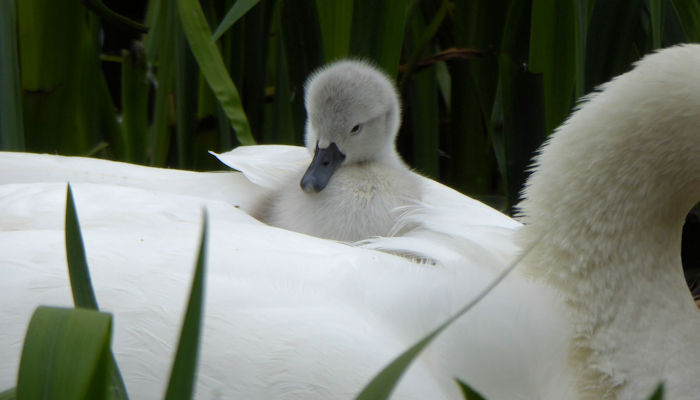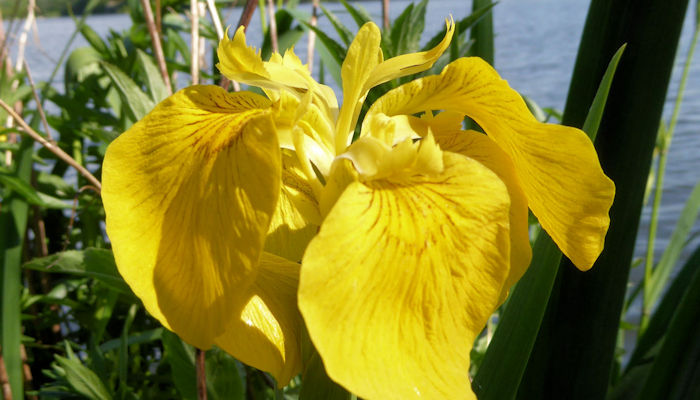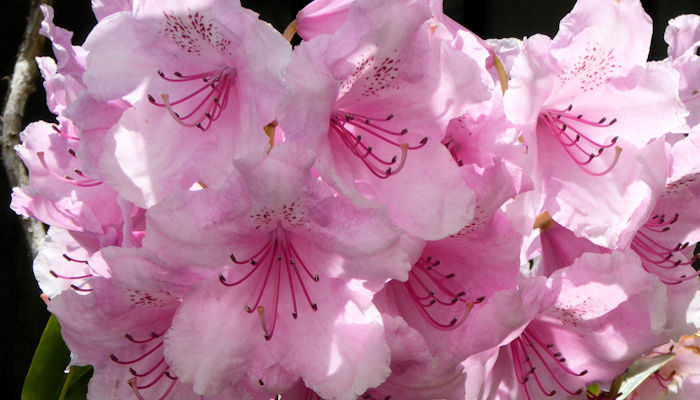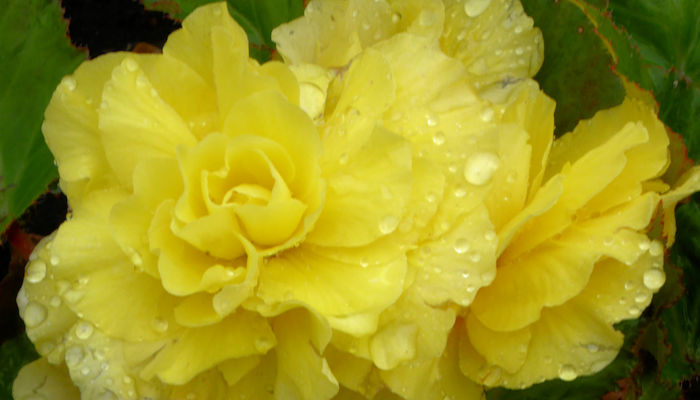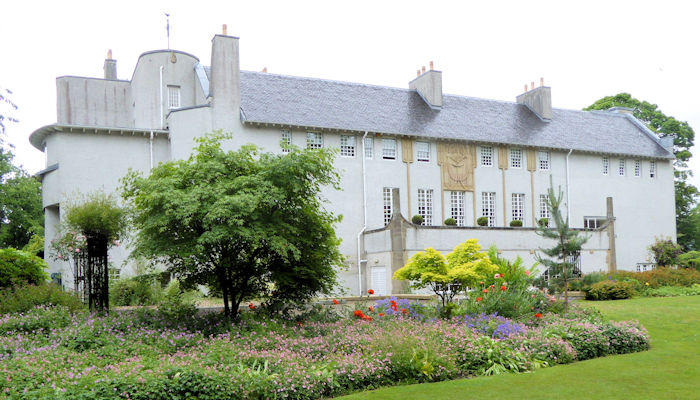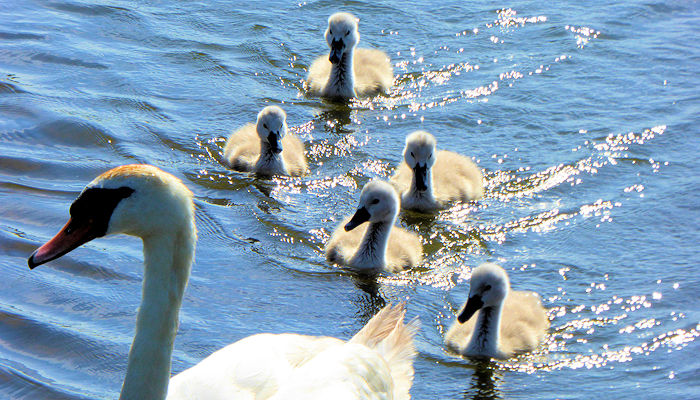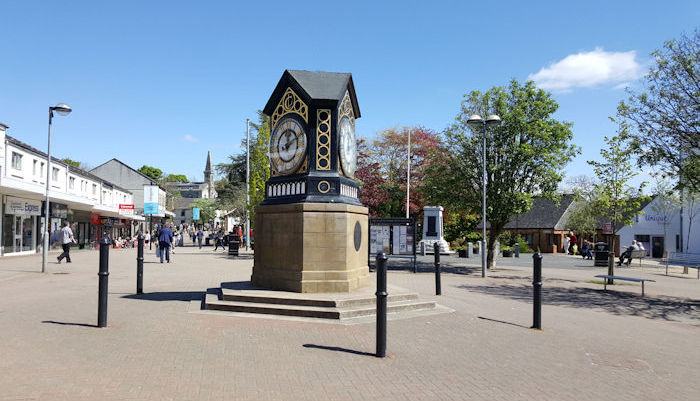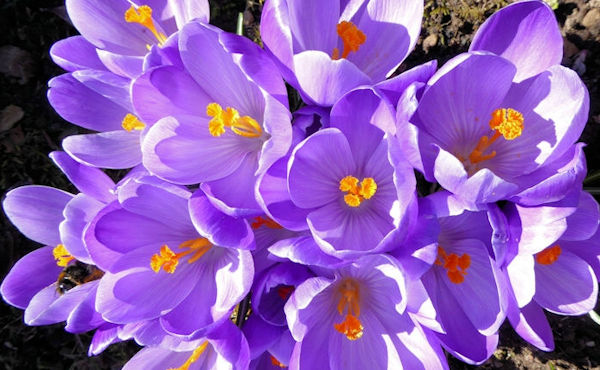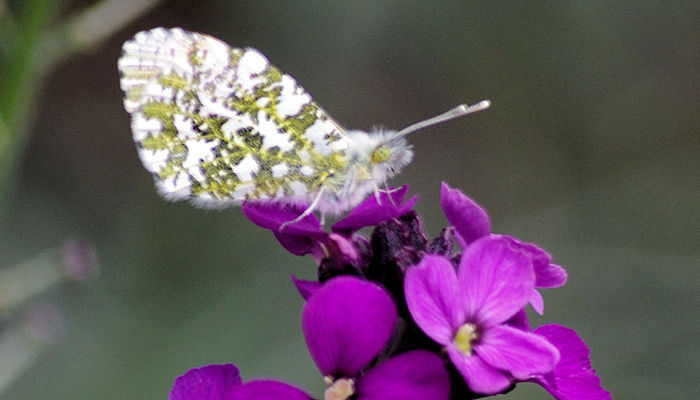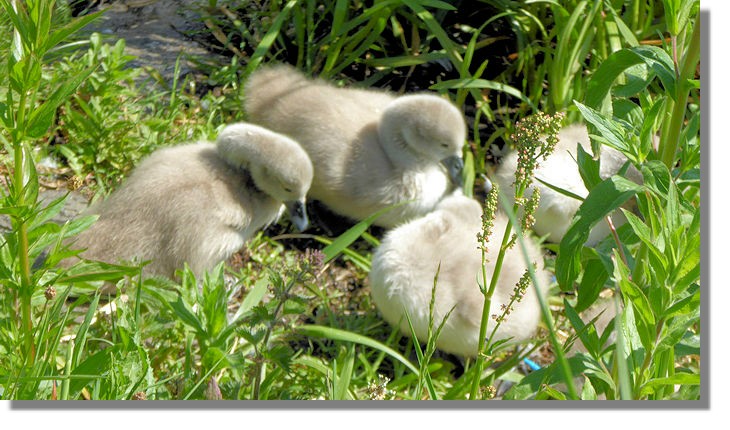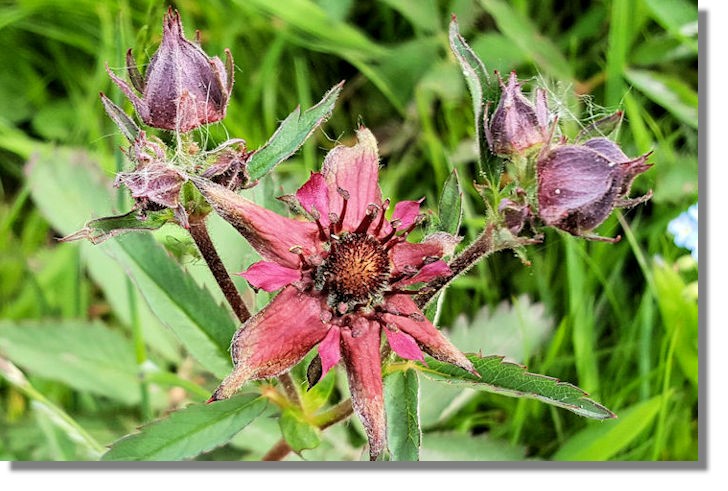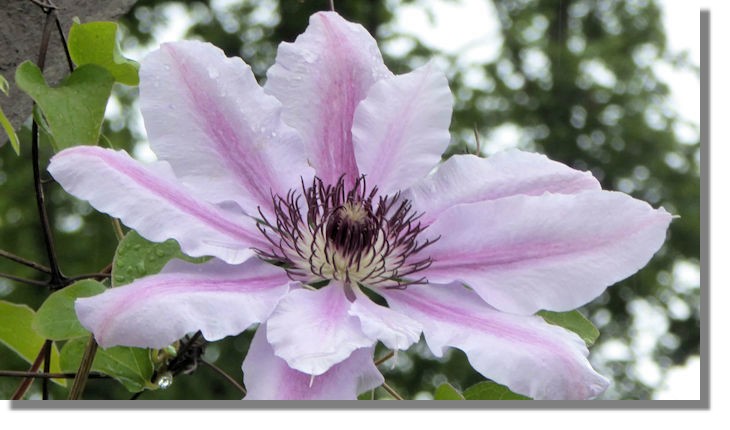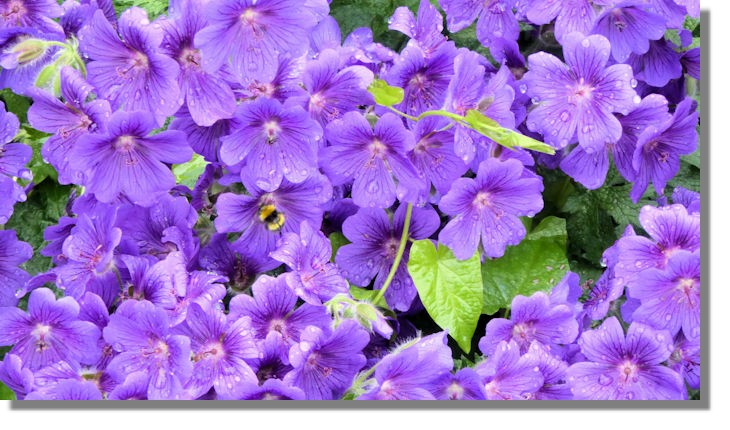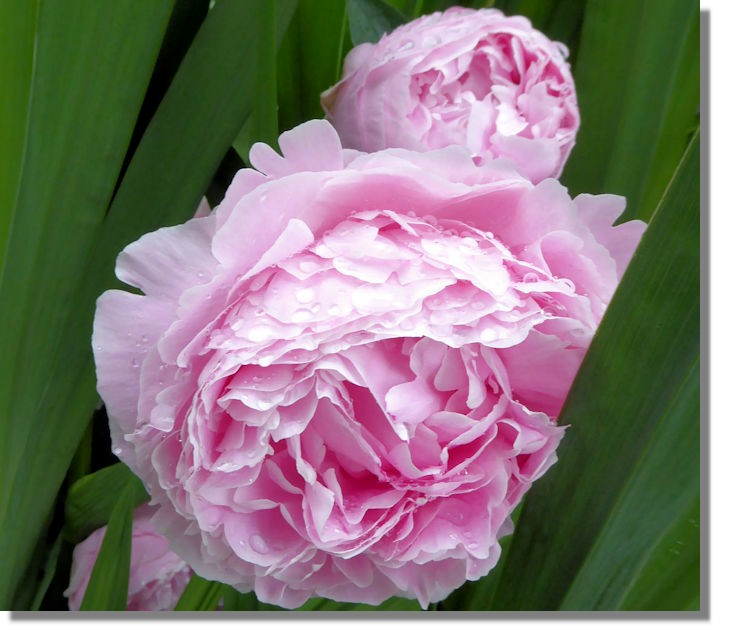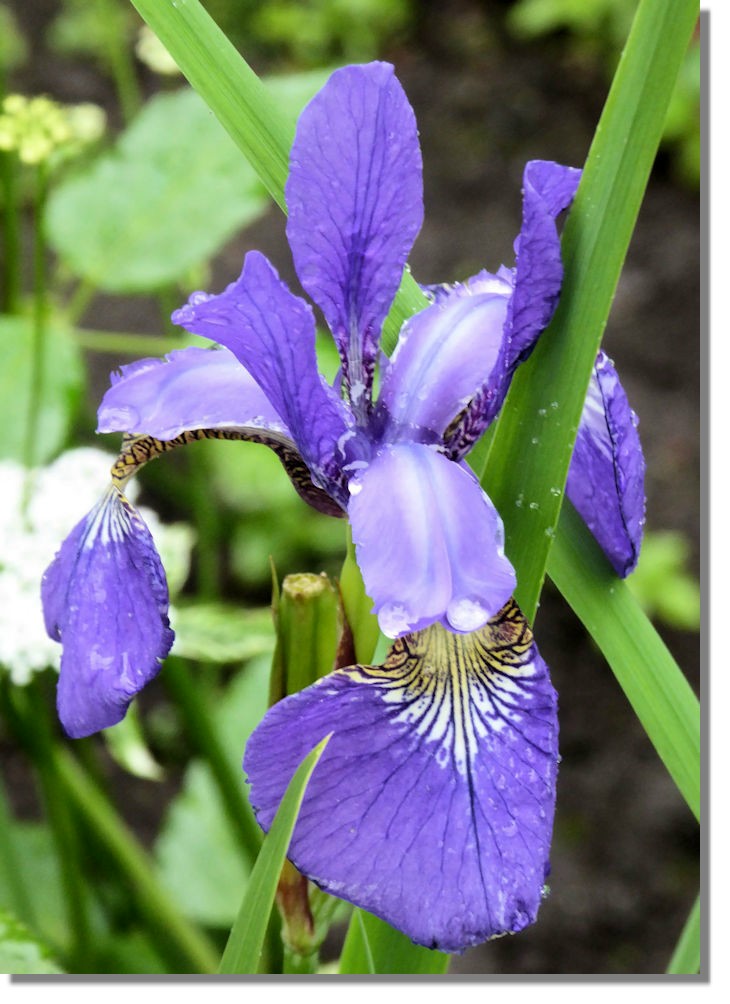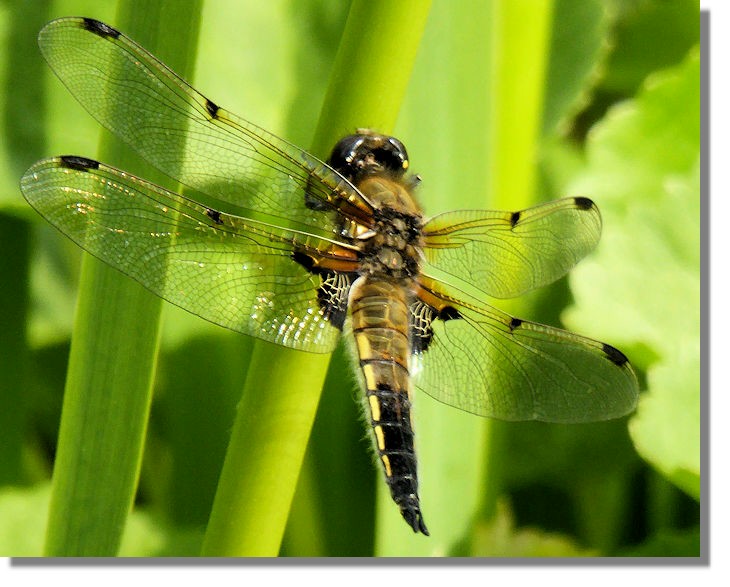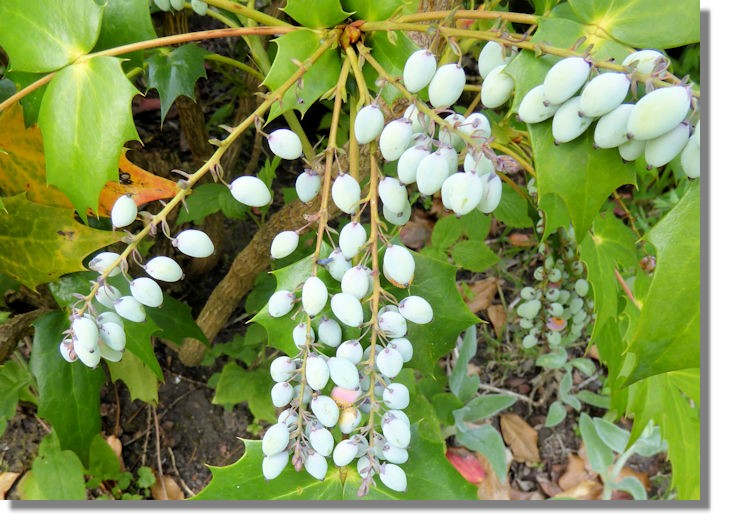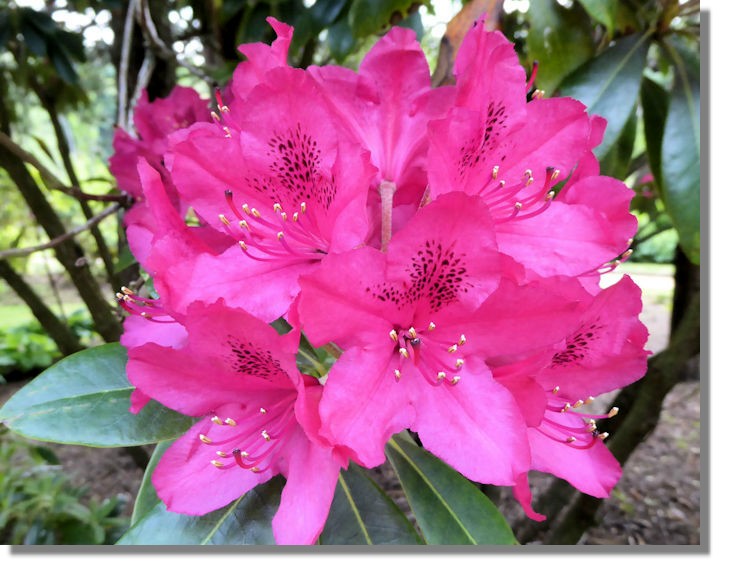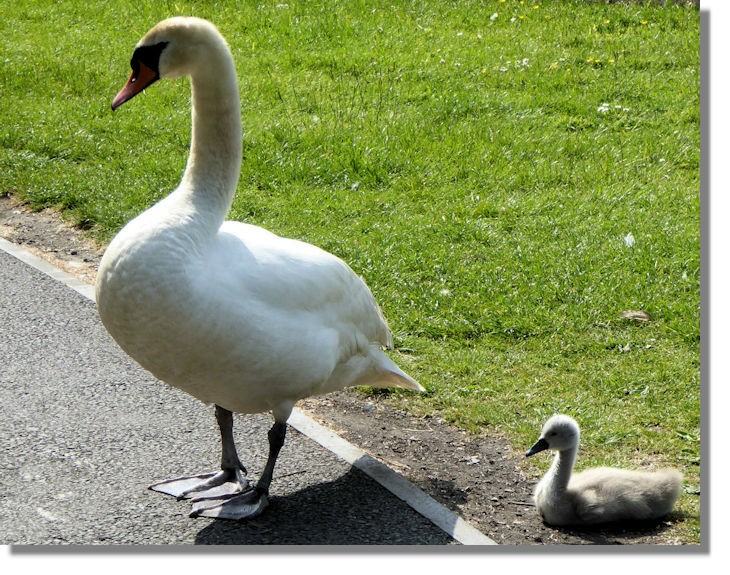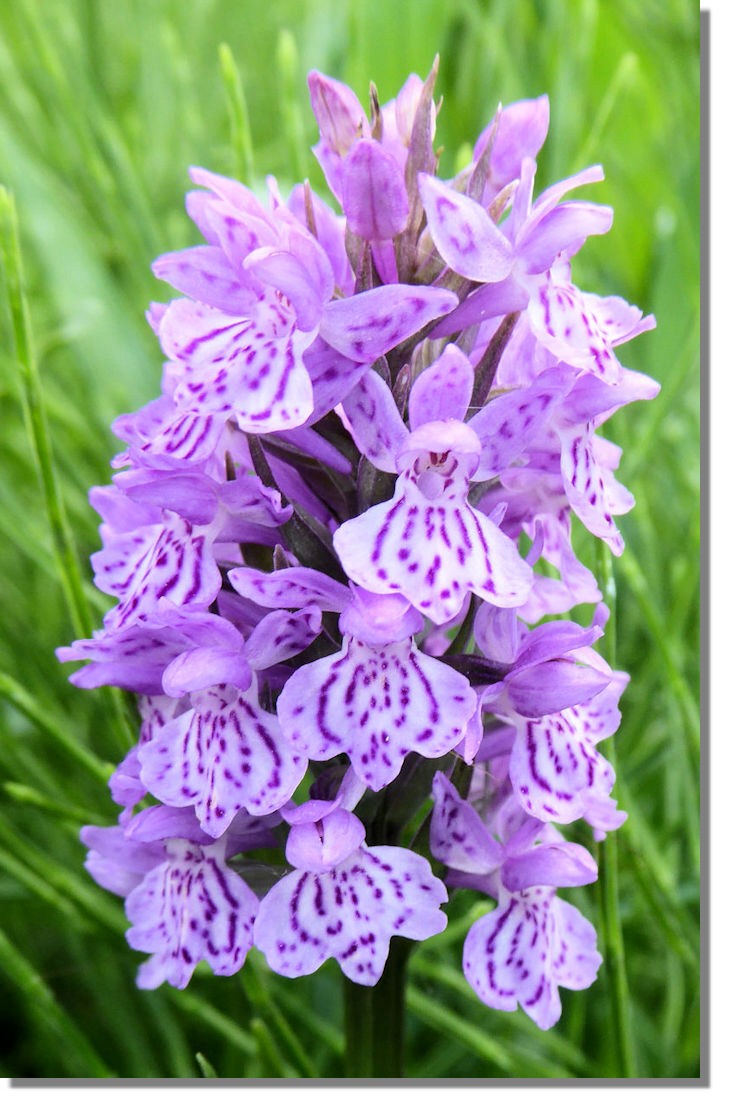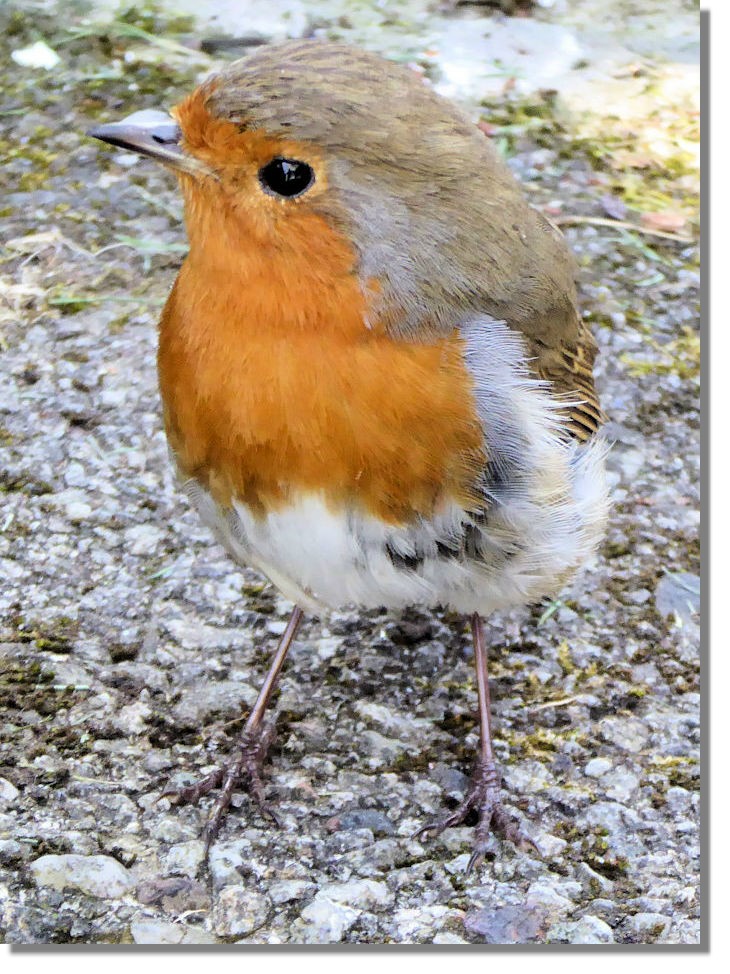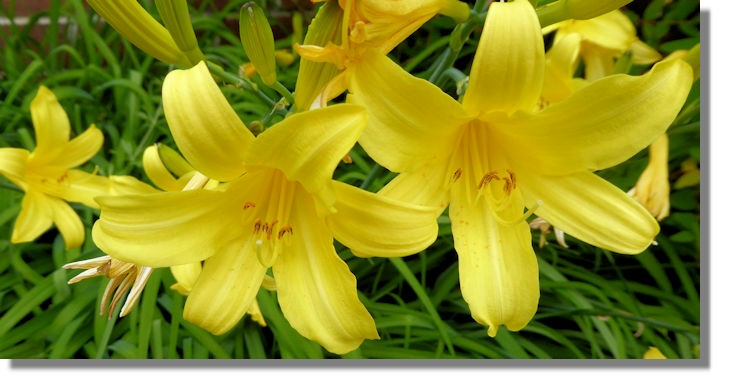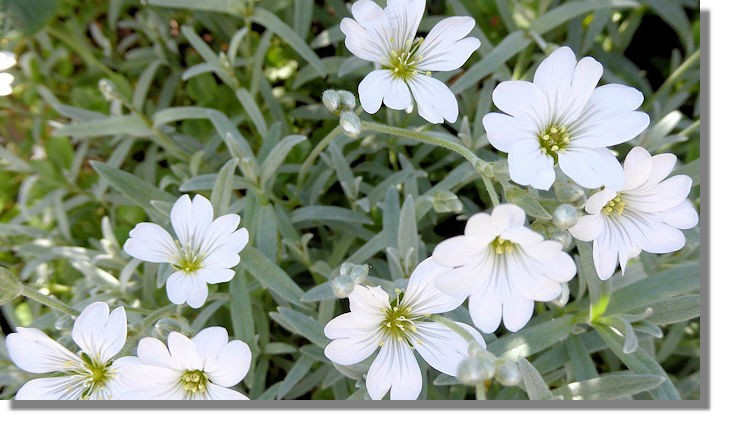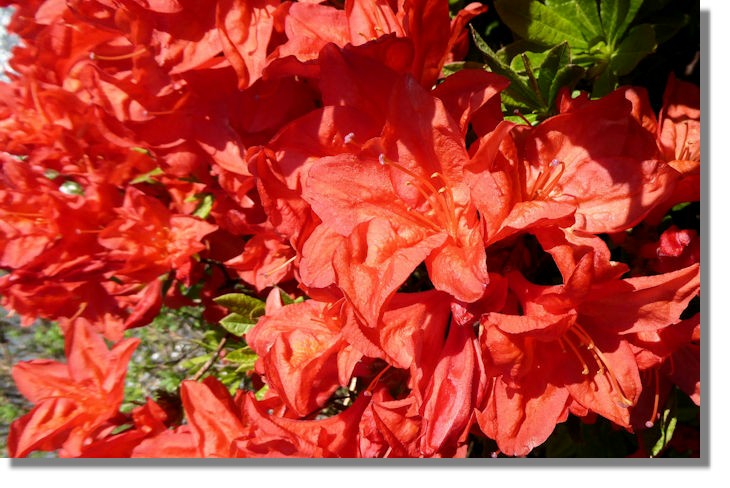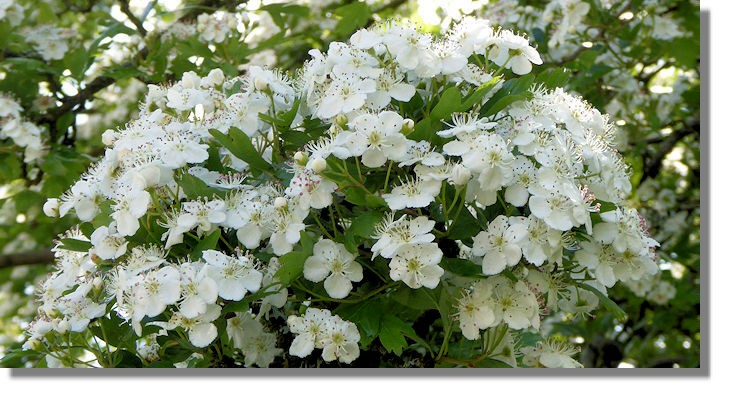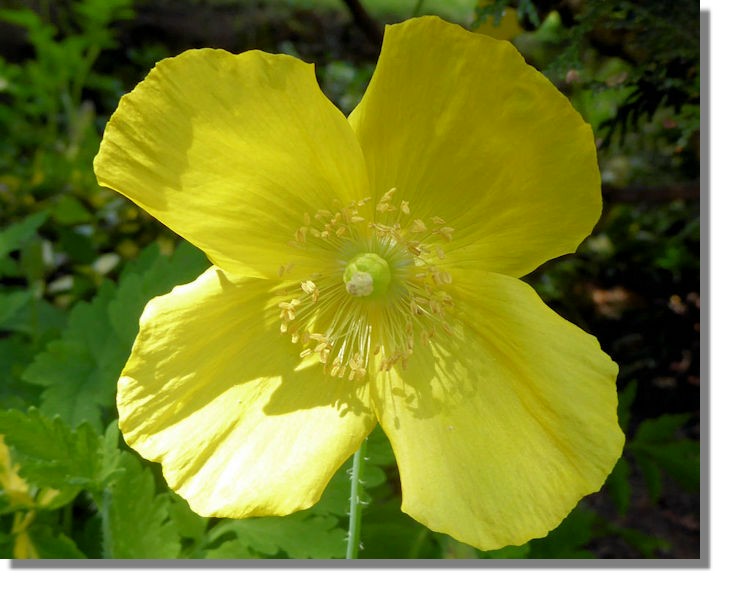Scottie's Photo Diary
- June 2016
Slideshow of a random selection of a few of the graphics below
Background
I never go anywhere in Scotland without my camera and I take photographs wherever I go. Sometimes I go somewhere specifically to take photographs with a view to adding another page to the Rampant Scotland site. On other occasions I just see something that makes an attractive picture or else it's another graphic to add to the library to perhaps use on a future project. It thus forms a pictorial diary of my travels which can be shared by everyone!This is a selection of photographs I took mainly in June 2016.
Hogganfield Loch, Glasgow
This photo of a newly hatched cygnet wasn't taken in June but it missed out on being included in the last photo diary - and I couldn't resist including it here (especially as the cygnet and its siblings are in a couple of pictures below showing how quickly they grow up! The cygnets had hatched out during a spell of cooler and windier weather and although some of the youngsters were undeterred and were feeding themselves in the water - with the male swan keeping a watchful eye over them - this one was reluctant to leave the warmth of its mother's wings and back. Later the other cygnets also retreated to the warmth. It was amusing to see them struggling to climb up until eventually they found that using the parent's tail feathers provided a suitable ramp!
When we returned a few days later, the nest was empty but we caught sight of the flotilla out foraging for water weed and I was able to get this picture as they returned.
The young family climbed onto the bank of Hogganfield Loch and huddled together to digest their meal. When they are a bit older they will learn to preen their feathers when they get in this situation.
In the lead-up to the Commonwealth Games in Glasgow in 2014, the city's Parks department did a lot of work improving the parks and open spaces and that included additional planting (and even sculptures) at Hogganfield. Many of the plants have become well established, including a large number of irises planted by the water's edge - this is a close-up of one of the flowers which is making a real splash of colour at this time of year.
Seeds of the plant here - Geum rivale (or water avens) may have been planted deliberately but could equally have arrived by accident as it is very much a wild flower plant which grows well beside wet soils. It has a number of other names including nodding avens, drooping avens, cure-all, water flower and Indian chocolate! Its small flowers are easy to miss but close up they are interesting and colourful.
Bellahouston Park, Glasgow
Bellahouston Park in Glasgow opened in 1896 and the "Empire Exhibition" was held there in 1938 and in 1996 Charles Rennie Mackintosh's House for an Art Lover design was completed from original drawings he made for a competition in 1901. That's the building in this graphic. It has a popular restaurant on the ground floor and other rooms are full of furniture and designs in the Mackintosh style.
On this visit there was a gentle rain falling but undaunted I put up an umbrella and took a number of photos anyway. I always think that raindrops add to pictures of flowers - I have sometimes thought that I should take a bottle of water in a spray - but the Scottish weather usually provides more than enough! This is a yellow begonia.
This clematis produces large flowers which are around 6 inches cross.
These purple geraniums sprinkled with rain drops were unperturbed by the rain - and the small bee 9near the centre of the picture) was searching for nectar and wasn't bothered either!
Paeonia (or peony if you prefer) consists of about 25 to 40 species of shrub and their flowers are fragrant. Colours range from red to white or yellow, and the plant flowers in late spring and early summer.
The iris takes its name from the Greek word for a rainbow, which is also the name for the Greek goddess of the rainbow.
Drumpellier Country Park, North Lanarkshire
Marketing for Drumpellier Country Park in North Lanarkshire sometimes refers to it as "North Lanarkshire's Best Kept Secret" - to which I always think "North Lnarkshire folk obviously can't keep a secret" because it is often very busy, especially in good weather and at weekends. They recently had to double the size of the car park! The loch at Drumpellier is one of a series of small lochs formed during the last ice age (Hogganfield Loch in an earlier section was formed by the same ice scouring process). Dragonflies were around before the last Ice Age, and fossils of dragonfly ancestors have been found from 325 million years ago. They prefer a habitat with plenty of water - so the lochs at Drumpellier and elsewhere are ideal habitats for them
The yellow flowers of Mahonia flower mainly in the winter and early spring and by this time of year their berries, rich in vitamin C, are a useful additional source of food for birds.
Although the way that rhododendrons tend to grow and expand can create problems in small gardens and in the countryside can even be regarded as a rampant pest, there is no doubt that they make a magnificent display at this time of year. in recent years, the gardeners at Drumpellier have cut back many of the overgrown rhododendron bushes but thankfully the plants like this one just grow back again!
I'm not quite sure why this swan brought her cygnet up onto the grass beside a pedestrian pathway but the pair caused a bit of a hold -up as some people were reluctant to walk past as swans will sometimes get aggressive if they think their youngsters are in danger. One poor lady in a wheel chair avoided the swans and was pushed onto the grass behind - fortunately there had been very little rain in the preceding days and the ground was hard. We slipped past, keeping a watchful eye on any adverse reaction and then found that a dog - fortunately (and unusually) on a lead was walking towards the swans. The young cygnet saw the dog in the distance and got up and walked back to the safety of the loch - with Mum following along behind. Situation resolved!
The first time I looked up a flower book many years ago to find out what this attractive flower was called I found that its formal name was "Dactylorhiza Fuchsii" and its non Latin name was "Common Spotted Orchid". That was the first time I became aware that orchids grew outside in Scotland - and was actually a wild flower. I was later delighted to find one growing in my own garden and even though it is a wild flower (I won't call it a "weed") I have nurtured it over the years and I see this year it is producing five flower spikes. I suspect it will appear in next month's photo diary!
My Own Garden and Nearby
The robin is a favourite garden bird for many of us because of its boldness and willingness to come close up to us humans. This one is a perfect example - it comes to our back door in the morning and will even perch on a nearby bush looking at us in the kitchen, willing us to put out some peanut nibbles! It has been known to get into the kitchen - fortunately fling straight back out again. In the evening, when I put the car away in the garage I have to be careful as I head for the garage door as it will probably be standing there - hopefully. It has us well trained and I now never go out of the house without some nibbles in my pocket!
BR>We planted this "Pink Pearl" rhododendron not long after we moved into our current house - and that was over 25 years ago. It now towers above me and is aiming to be a "forest giant". But it does produce these marvellous flowers each year, so I can't complain!
You would think that a plant that produces flowers that don't last for much more than one day wouldn't be very popular. But the "Day Lily" (or Hemerocallis to give it its proper name) produces a succession of these bright yellow blooms and as one dies away another takes its place.
During a long dry and warm spell of weather a couple of these delightful butterflies came into our garden, attracted by the Perennial Wallflower which are known to be popular with all types of butterfly. This is a female Orange Tip butterfly - the male Orange Tip has a splash of orange on the tips of its upper wings.
For obvious reasons, the nickname for this plant is "Snow in Summer" - its proper name is Cerastium tomentosum but its mass of small white flowers can indeed look like "snow in summer"!
This azalea bush has spread in a corner position in our front garden and creates a vivid splash of colour. Over the years it has been pruned so that its flowers spread at right angle from a central point.
The title of this section was deliberately "My own Garden and Nearby" - this is a view of Milngavie (pronounced locally mote as "Mul-guy") which as 25 minute walk from my house. The three-faced clock was originally a feature of the Copland and Lye department store in Sauchiehall Street, Glasgow and was given to Milngavie Town Council in 1981 after the store had closed. Milngavie is the southern-most end of the "West Highland Way" a long distance footpath that runs 96 miles from Milngavie to Fort William. It is used by about 80,000 people every year of whom nearly 20% walk its entire length.
Hawthorn, also known as mayblossom, maythorn, quickthorn, whitethorn, motherdie, and haw. It is a shrub or small tree with sharp thorns which flowers in May to early June. Later in the year the fruit (known as "haws") are popular with birds.
I have a "love hate" relationship with Welsh Poppies. Their bright yellow flowers can be attractive - and bees and insects love them. But they are also an invasive weed and they have tenacious roots that make it almost impossible to dig them out. So after they have flowered I try to remove as many seed pods as possible. The number of the plants appearing in the next year suggest that my attempts to keep them under control are not very successful!
I did say at the start of this (and every) photo diary that I always have a camera in my pocket and if I see something that can create another graphic to add to the library to perhaps use on a future project. This collection of golf clubs put out for refuse collection from a large, expensive villa falls into that category! So if I need a graphic to illustrate someone giving up on golf and throwing out their clubs - I'm ready with an appropriate illustration! In the meantime, I hope you find it as amusing as I did!
If you want to read the other Diary entries going back to 2009, there is an Index page.
